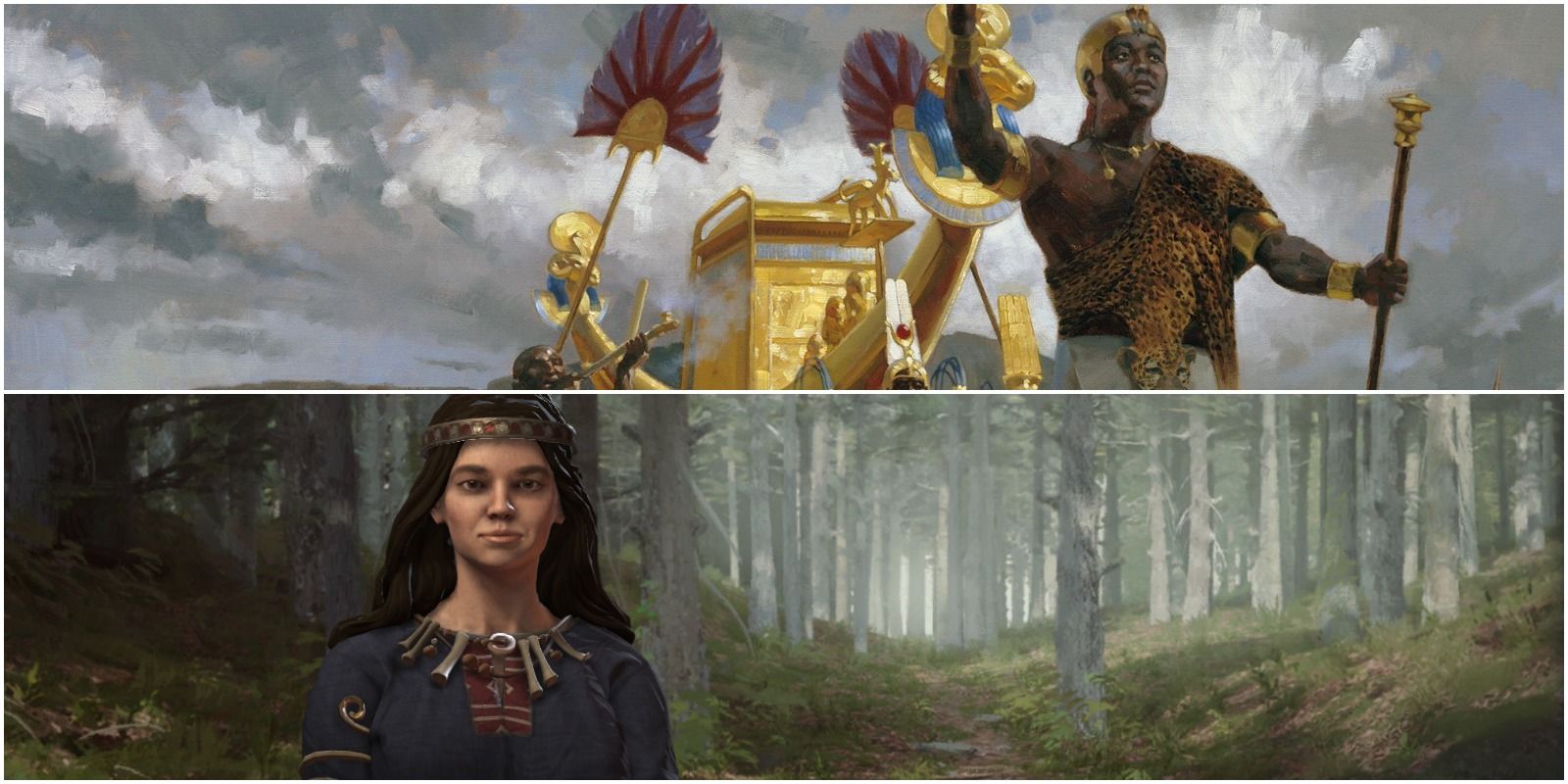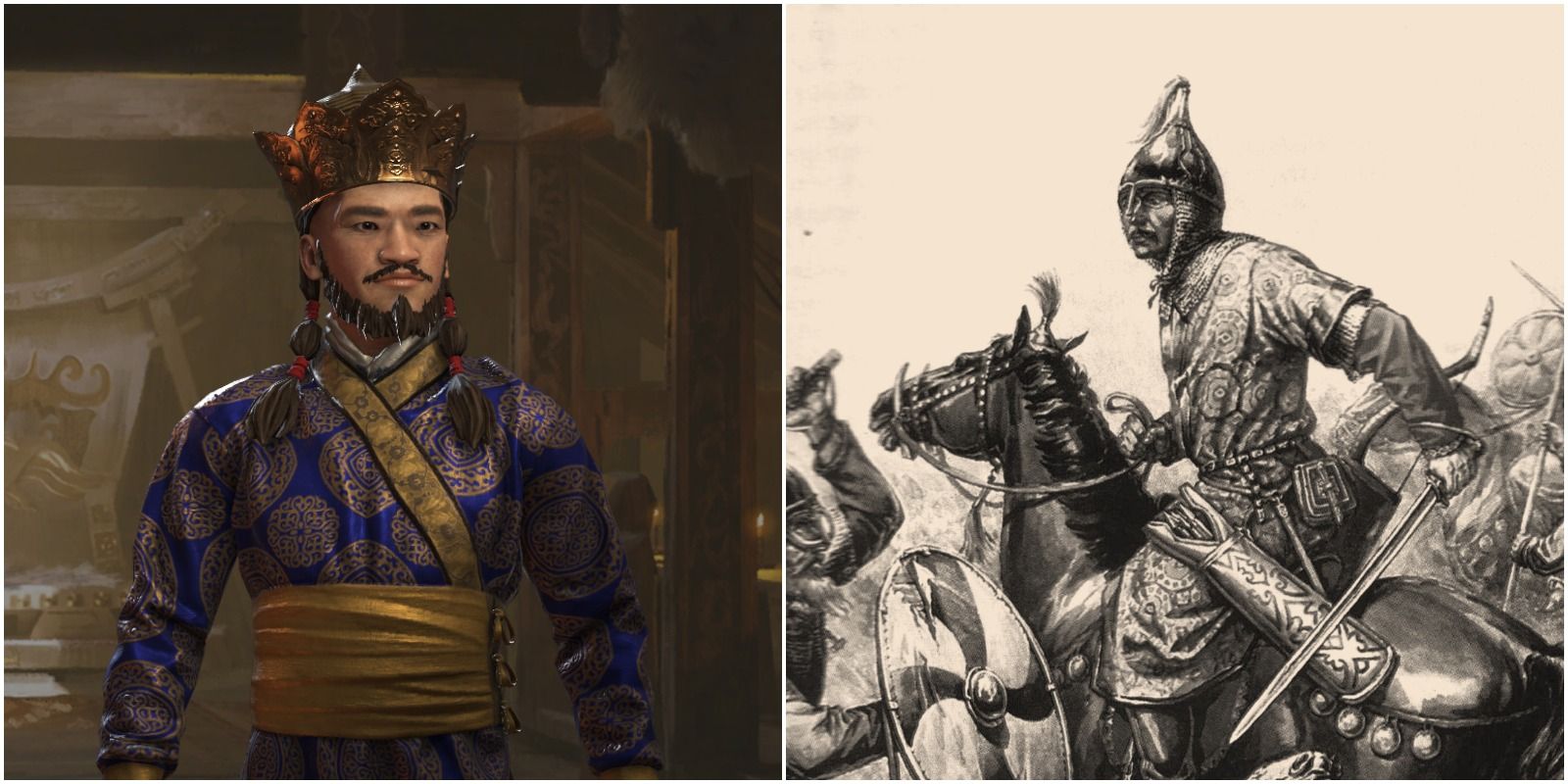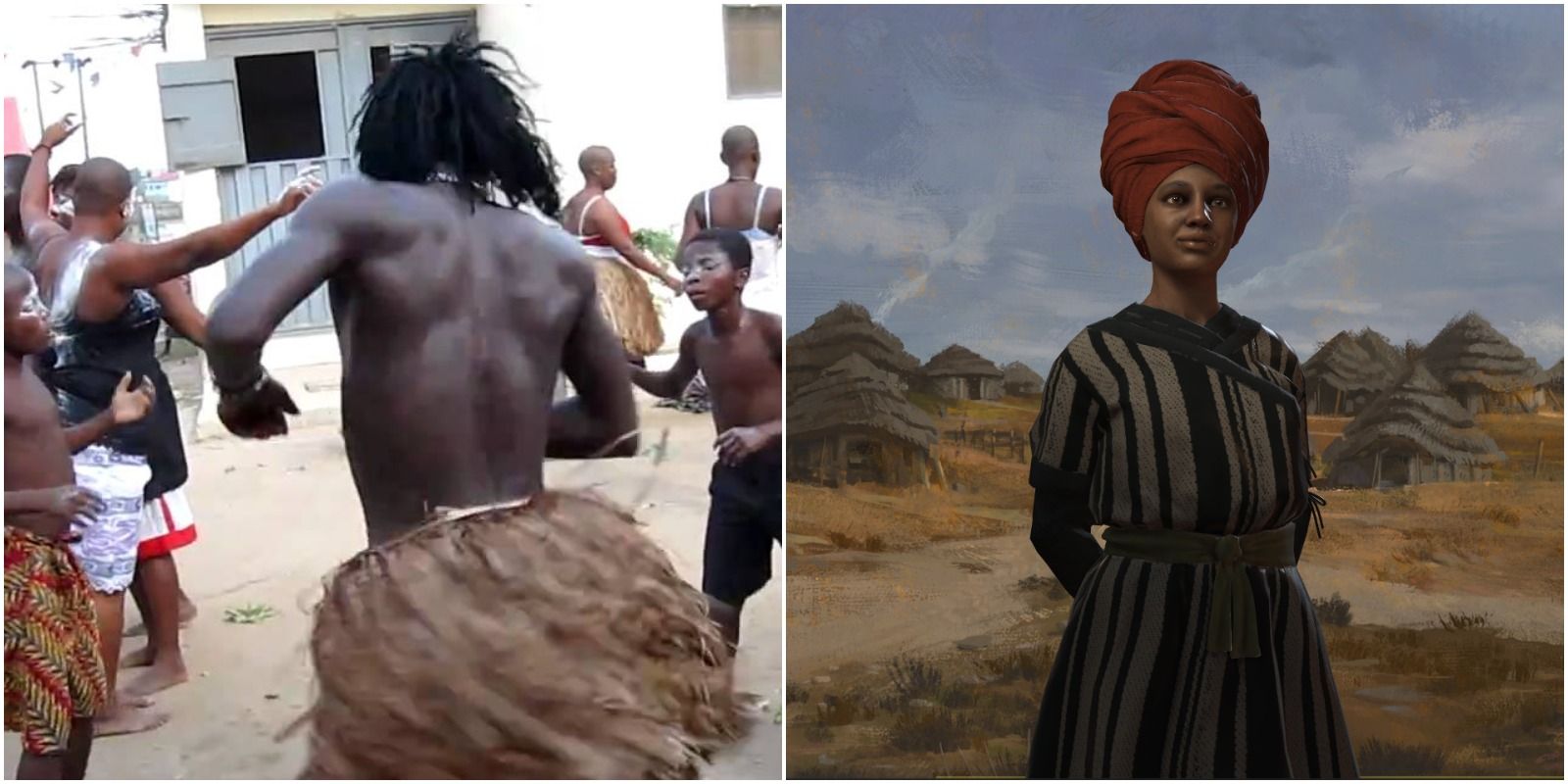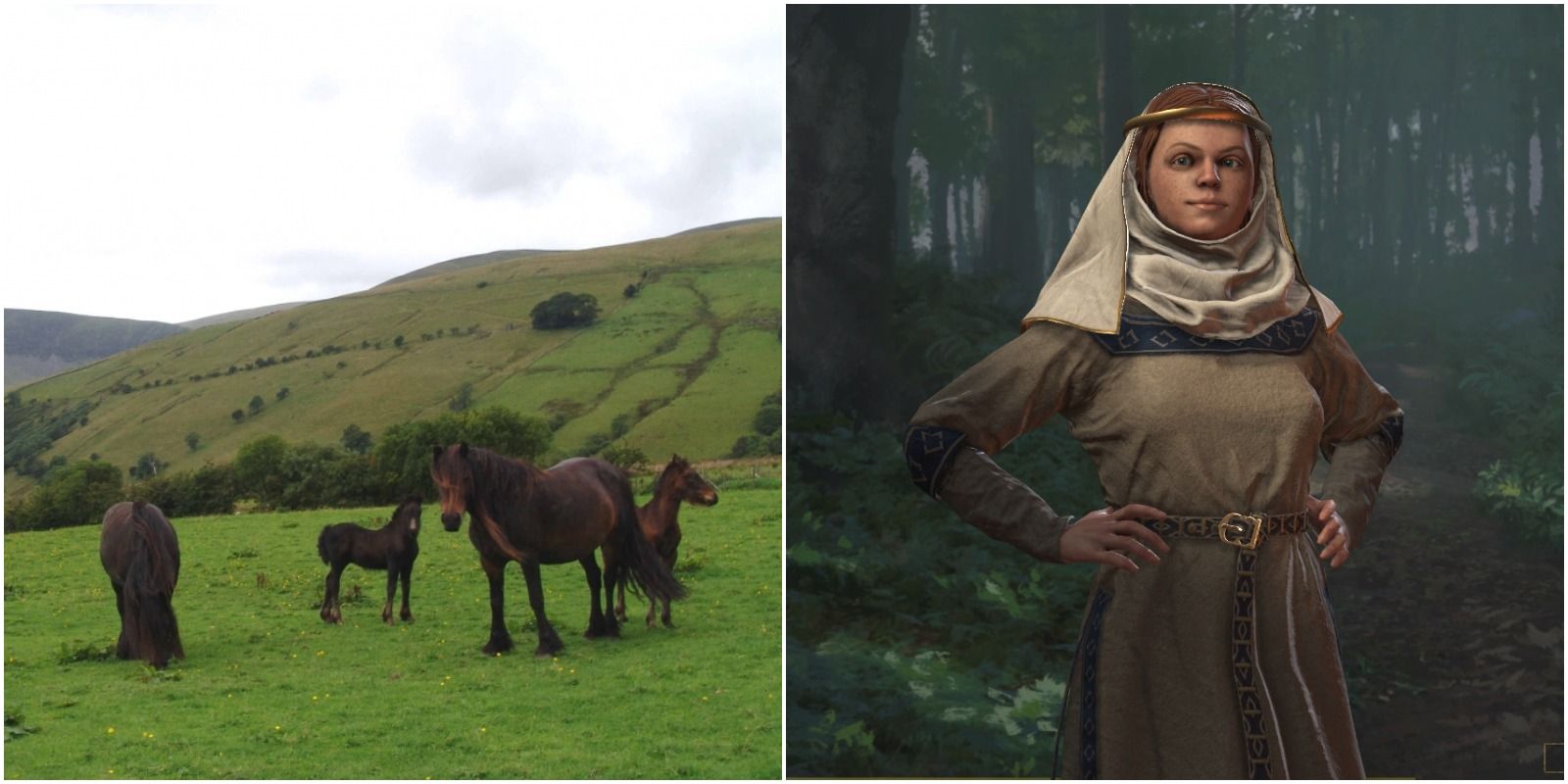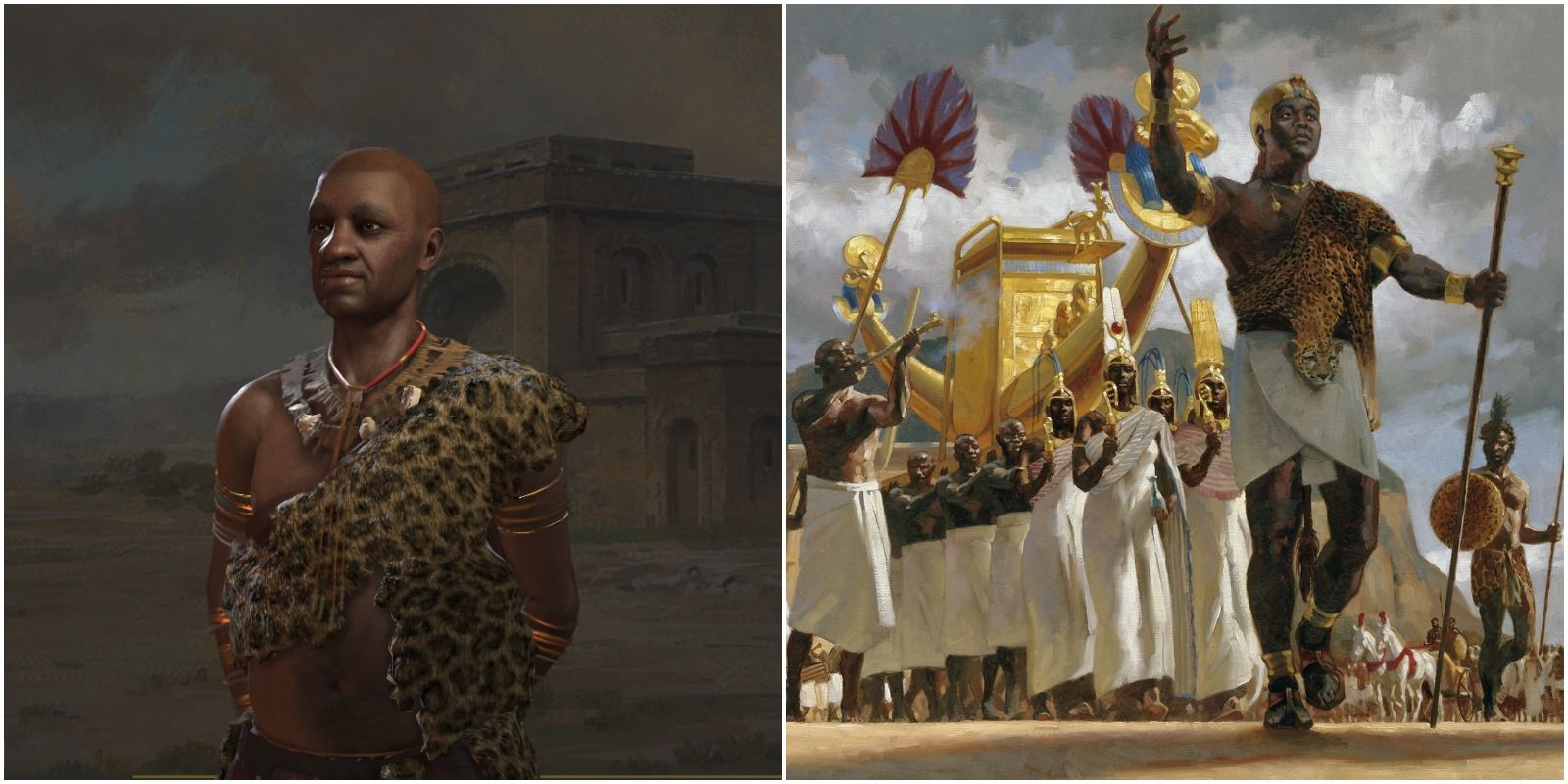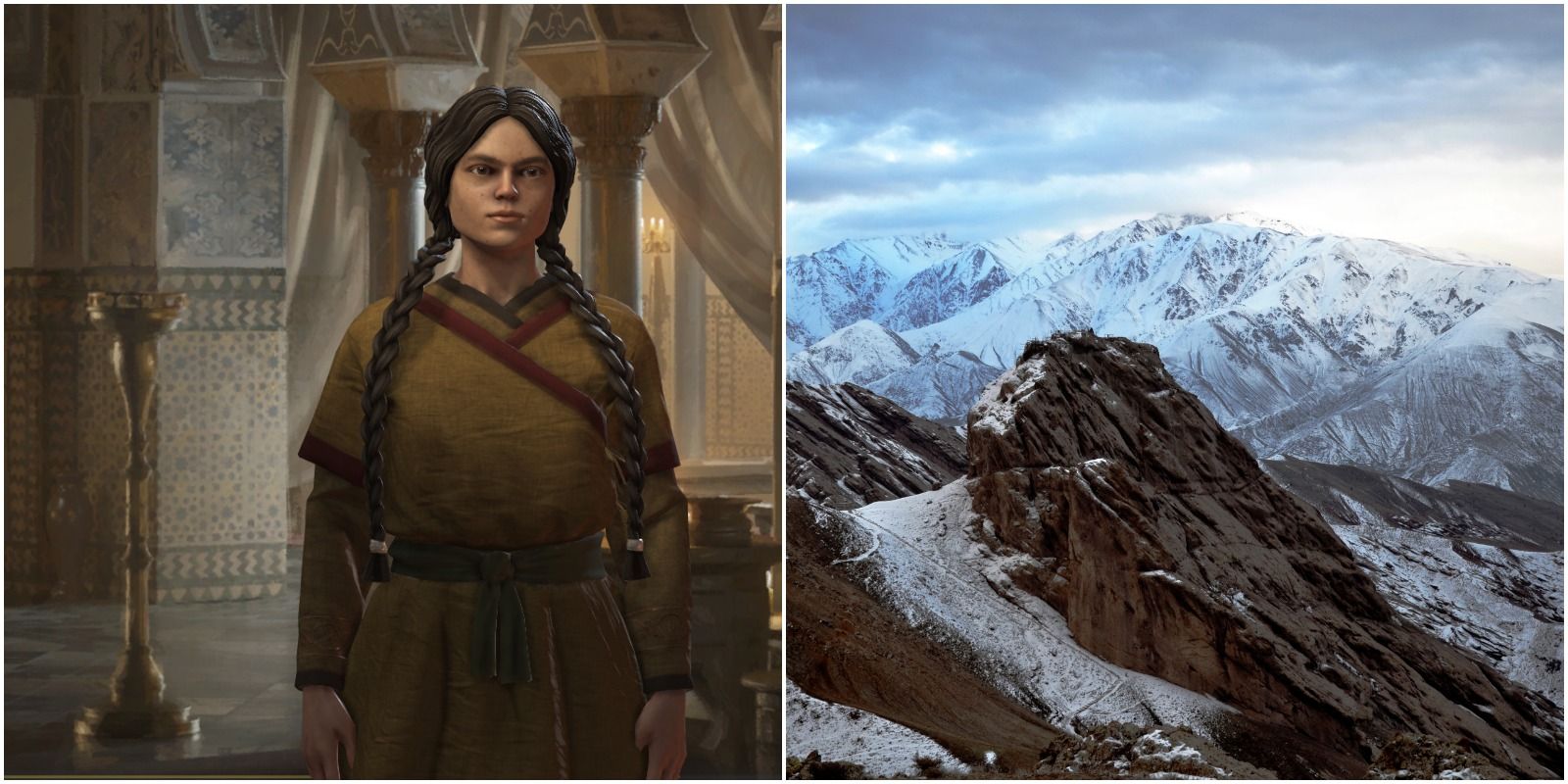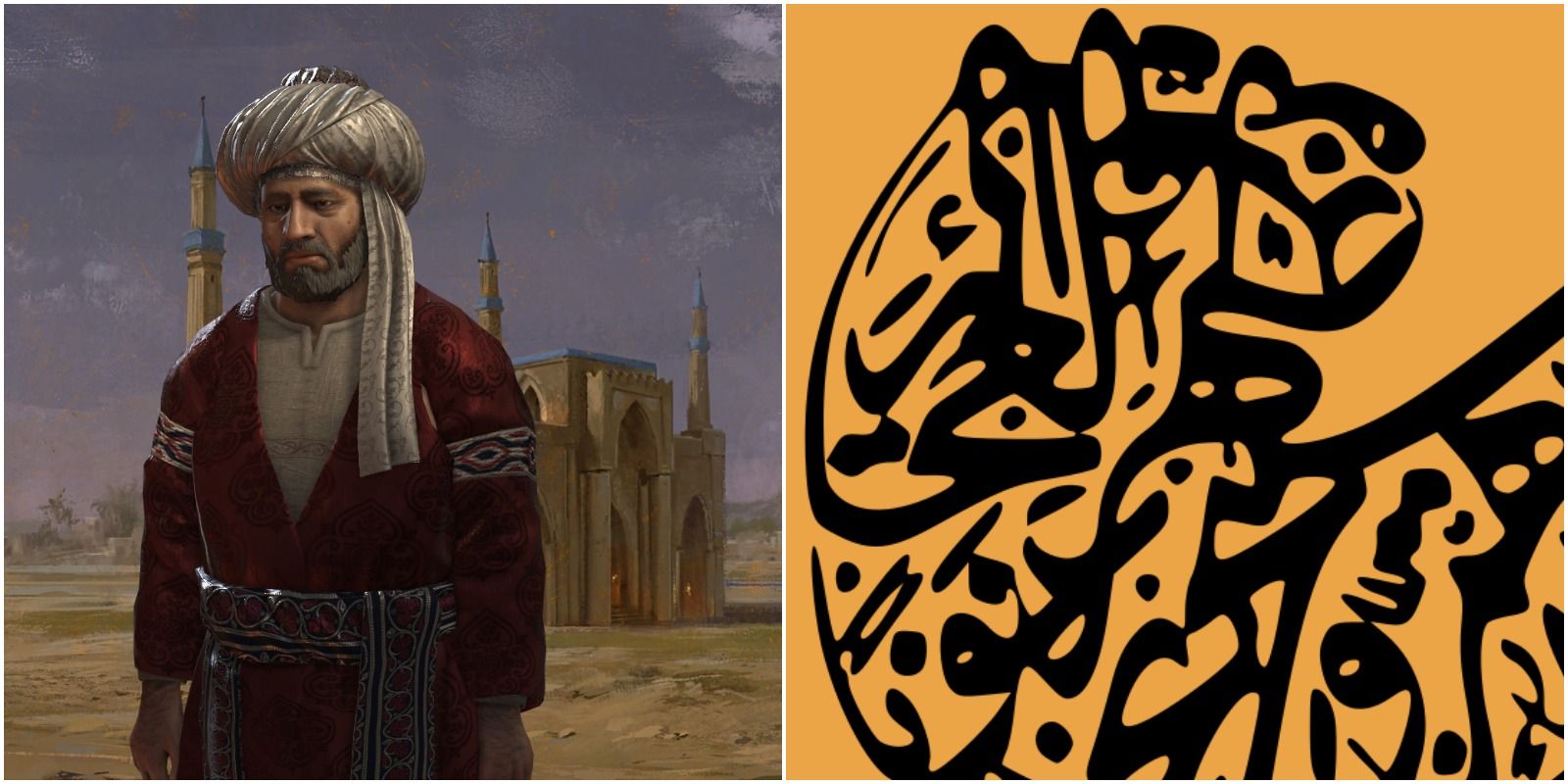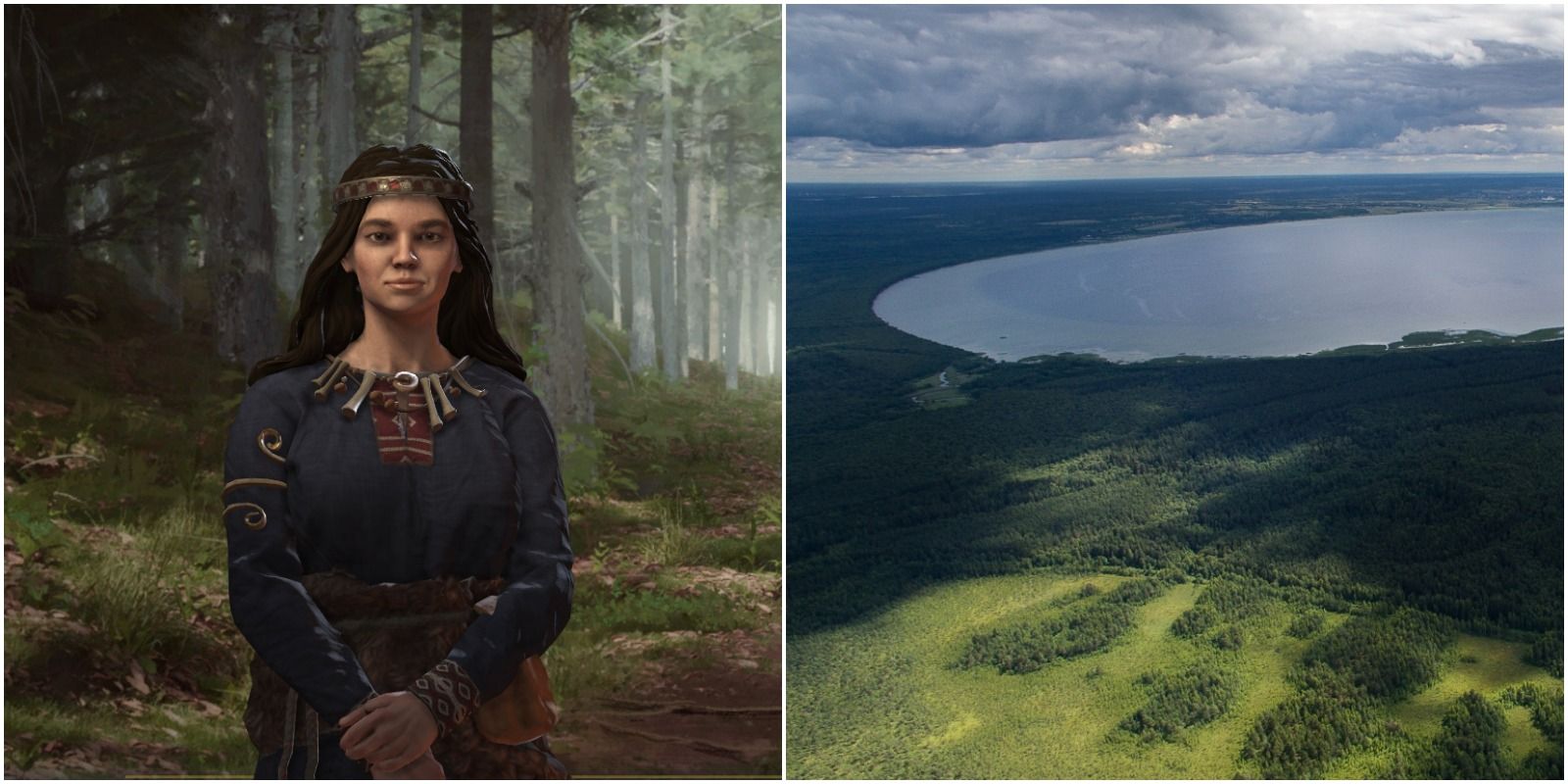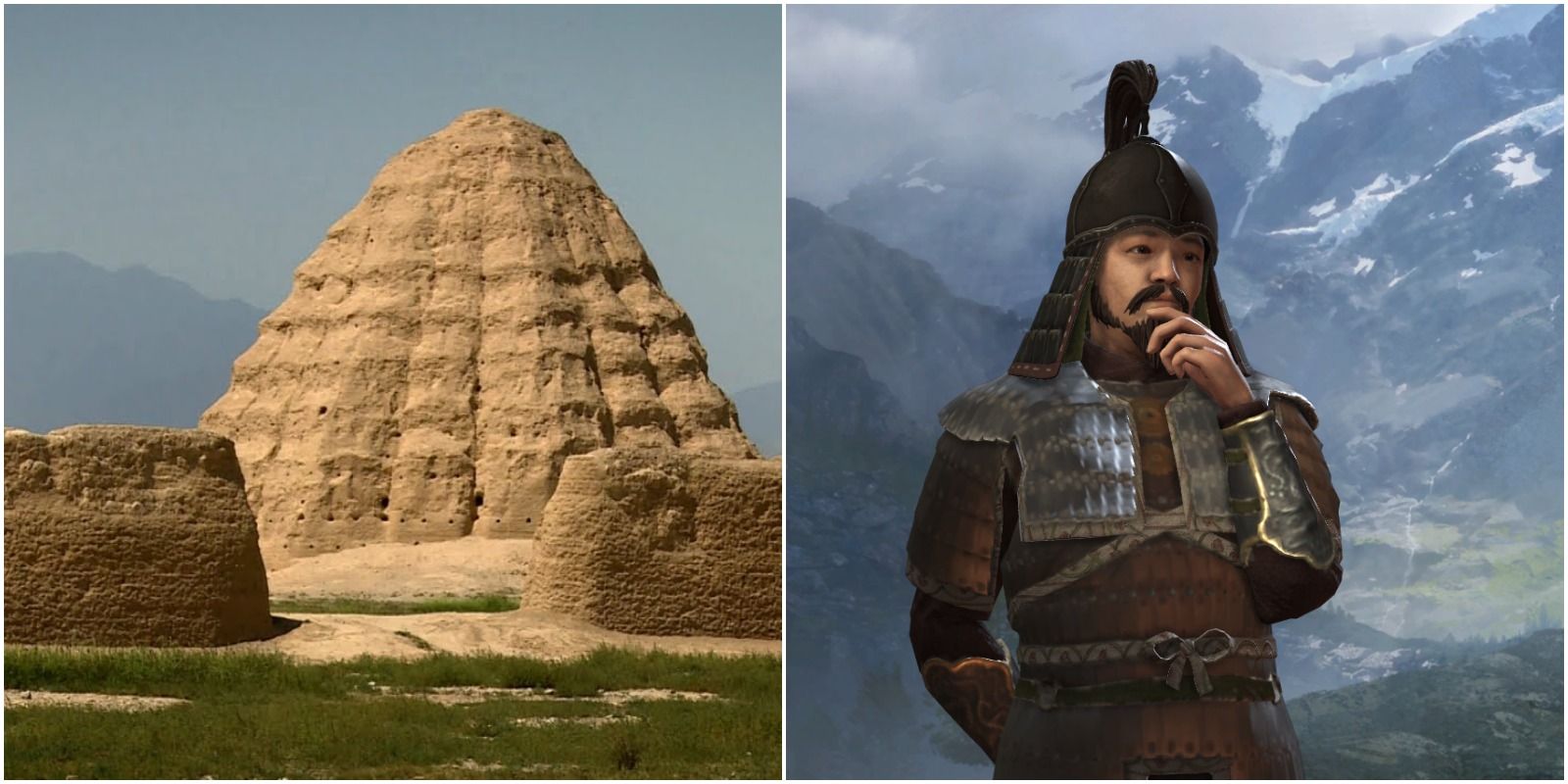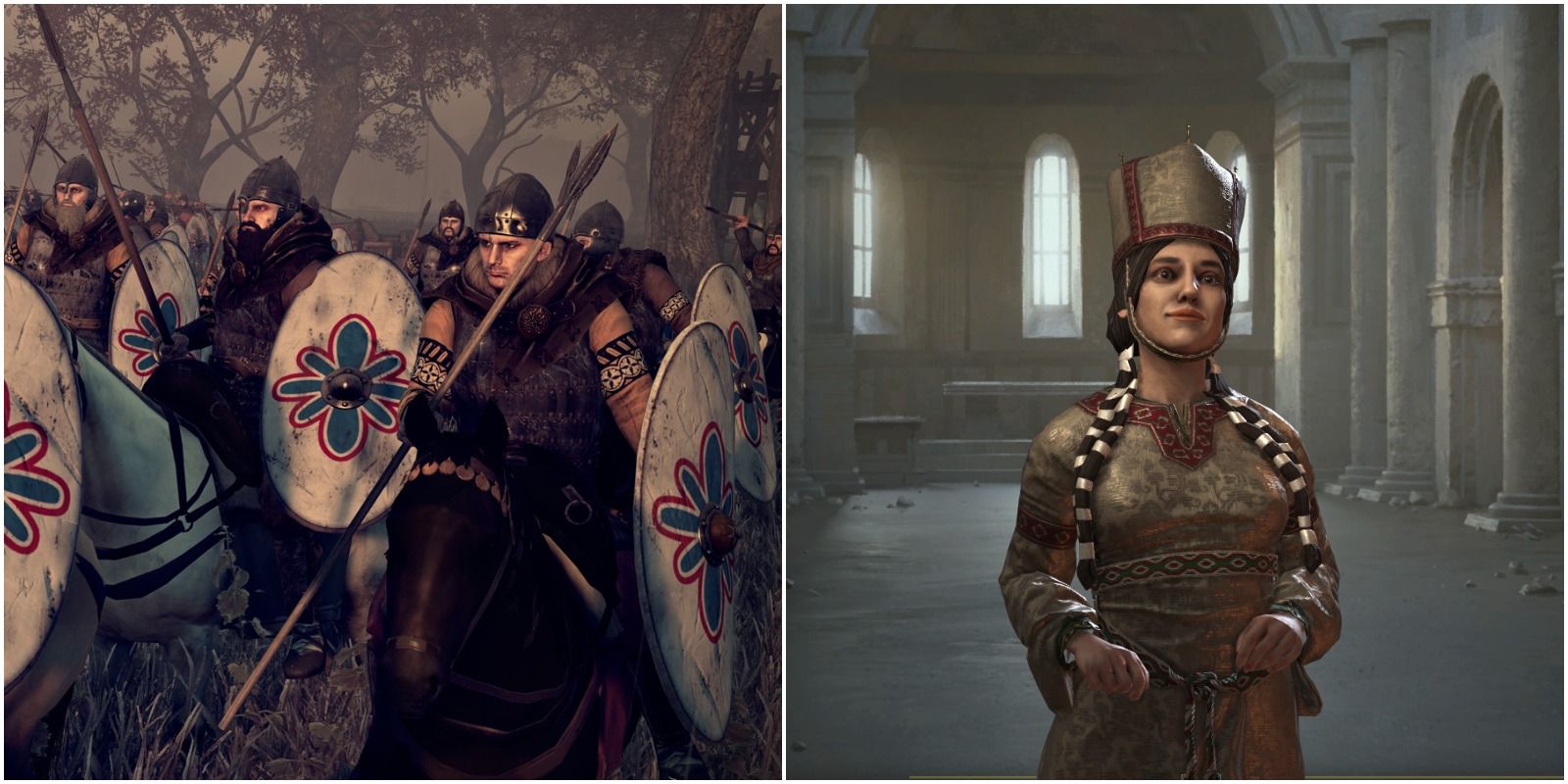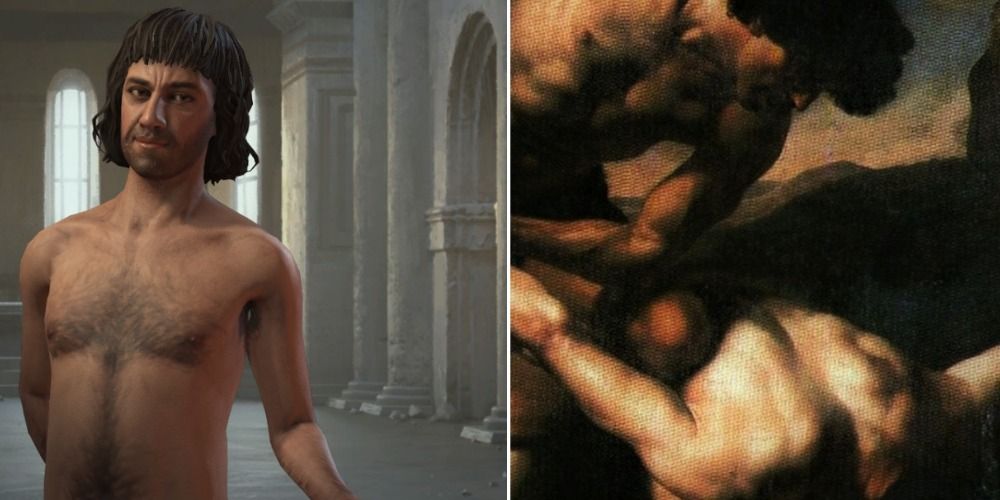If Crusader Kings 3 teaches anything, it's that both history and humanity can be horribly cruel. The stories of civilization and CK3 are so often of powerful men securing offerings to the bloodthirsty altars of power and glory. The strong prey on the weak; the majority prey on the minority. Countless small faiths and cultures have been consumed over the centuries; some peacefully absorbed, others at sword's tip. Crusader Kings 3, in its own specific, lurid way, forges little connections between modern gamers and lost peoples of the medieval past.
It bears mentioning that few cultures and religions are truly "gone." Many old ideas live in modern peoples and modern faiths. And many people strive to keep their traditional ways alive or to light anew the lost flames of diverse lifeways. This article really does mean no injury to members of mentioned religions and cultures, whether they absorbed others or were themselves consumed.
10 Culture: Khazar
In the 7th century, these Turkic semi-nomads established a great khanate north of the Black and Caspian Seas. Why's that noteworthy? Well, at some point, ruling Khazars seem to have converted to Judaism. At least, according to contemporary sources. And the Khazar coin inscribed in Hebrew, dedicated to Moses, that's kicking around somewhere.
Theirs must have been quite the cultural milieu, as Jews from Byzantium and the Near East came to join the Khazars during times of persecution. Under the rulership of their dual kings, Khazaria became a Silk Road trading hub and a "steppe Atlantis." But there are few answers about what happened to Khazar culture after they fell to the Grand Prince of Kievan Rus'.
The Khazars are at the height of their power round about CK3's 867 AD start date. The game represents Judaism as a common faith in their lands and their development (for a tribal polity) is fairly high.
9 Faith: Bori
Bori isn't strictly gone, but like most faiths, its practices are blended with the religion that replaced it (in this case, Islam). Nonetheless, this West African faith is too fascinating not to mention.
In the 19th century, Bori possession rituals invoked crackdowns from puritanical authorities, causing the displacement of practitioners. These rituals invoke a staggering array of spirits, from Muslim farfaru, traditional babbaku, and ethnic representations (even those of European colonizers). The identity of the possessing spirit takes precedence during the ritual, meaning men take the personalities of women and women those of men.
Armed with this knowledge, one can better understand Bori's CK3 Tenet "Ritual Celebrations" and better understand why the "Possessed" trait is an in-game Bori virtue.
8 Culture: Cumbrian
The main struggle of Old Cumbria's waning days is captured in praise poems to one of their kings, Urien Rheged. "Lloegr-men (Englishmen) know him, as they will report: death's what they get and pain a-plenty." It's a glorious impression he's left behind, but there's something mournful behind the martial swagger: King Urien was among the last Romano-Brythonic rulers still resisting the Anglo-Saxons. He held his own against them, but his culture was doomed. 300 years later, by CK3's 867 AD start, only one Cumbrian king is left standing: Artgal map Dumnagual of Strathclyde.
King Artgal and his people don't last long. The old Cumbrian language (a close relative to Old Welsh) is lost by the High Middle Ages. Some of the few traces of Cumbrian culture are place names in the area (Penrith, Blencathra) and the wild Fell Ponies grazing the local hillsides.
Playing a Cumbrian character is about as close as it gets to being Arthurian in CK3 (especially if one recreates Merlin using a certain beard mod). With skillful maneuvering, a Cumbrian PC might not only resist Viking incursions, but restore Arthur's mythical Britain by casting the Anglo-Saxons into the sea.
7 Faith: Kushitism
Kushitism is CK3's term for the Kingdom of Kush's adaptation of Ancient Egyptian religion, which disappeared through gradual suppression from Christian Rome to modernity. Kush really did inherit lurid mythology, bizarre beyond even CK3 drama. One of Egypt's pantheon heads, Osiris, is a mummy whose dead body was pieced back together by his wife so she could immediately make a baby with him! Wild stuff.
Sadly, little is known about the Kushite take on Egyptian gods and stories. It's obvious the Kushites also had their own unique deities and practices, but modern historians have limited sources to work from. This left CK3's developers to speculate: the result is a mix of Arabic clothing, generic African ritual garb, and the best guesses at Tenets and Doctrines.
6 Culture: Daylamite
A warrior people, sadly waning by the time of CK3. Daylamites are recorded as fearsome mercenary foot-troops serving in foreign armies from the 2nd century BC until the High Middle Ages (when they were likely absorbed by their neighbors). Evidently, Daylamites would hurl javelins coated in burning naphtha at their foes. They were northern Iranians, mountain-dwelling, handsome, and hairy. The Daylamites practiced an obscure form of paganism, but converted to Zoroastrianism, Nestorian Christianity, and Shia Islam.
Even at the 867 start date, there are few Daylamites and only a single independent Daylamite Marzoban (minor lord). All Daylamites in the game follow Zoroastrianism or Islam.
5 Faith: Qarmatianism
It is perhaps unsurprising that "secret teacher" is one of the speculated meanings behind the name of the mysterious Qarmatians.
This revolutionary sect of Shia Muslims earned themselves a rather mixed legacy. Qarmatians were utopians, they established a community-oriented republic, and there's some evidence they followed a preacher who forbade the killing of animals. But they were also violent dissidents, who seized control of Palestine, maintained the slave economy, and instituted a "century of terror." Pilgrimage to Mecca was contrary to their beliefs, so they killed pilgrims, plundered the holy site itself, and held the sacrosanct Black Stone for ransom.
As could be observed in CK3, both Shias and Sunnis consider them to be unforgivable heretics. Outside of a (probably doomed) custom character, it isn't possible to enter a game as a Qarmatian. They came to power between the two starting dates.
4 Culture: Merya
Russification conjures to mind the Soviets more than medieval tribes, but it's the latter who extinguished the Meryans. Whether by peaceful incorporation or by war, the Merya, the Meschera, and the Muroma were absorbed by their neighbors before the end of the Middle Ages. Among these Volga-Finnic peoples and their cousins, some languages remain. Others are gone. Mordvins know their myths and can practice their rituals. Meryan culture is mostly theory; it seems to be mainly memorialized in art movies about sad, doomed men.
Absorption of the Volga Finns can be observed by looking at the two CK3 start dates: in 867, all are present alongside a modest Russian cultural region. In 1066, the Russian region is much bigger, the Merya and Meschera practically annexed, and the Muroma have disappeared. One might just be tempted to jump into 867 and attempt to preserve the Muroma.
3 Religion: Hsexje
Where indigenous languages are lost, naming religions and dividing faiths required creativity from the CK3 devs. This is the case with the Hsexje religion or "Root West," the paganism of the Tangut people. They were known as the "Black-Headed and Red-Faced," perhaps reflecting the relationship between their black-hatted priests and sunburnt laymen. These priests were associated with the sacred crane (seen in CK3's Melie icon) and accorded influence over the heavens, while the red-faced were associated with the monkey.
Recovered bilingual steles (inscribed stones) have provided much of what is known about Tangut culture. Little remained after they were wiped out by Genghis Khan, a notoriously effective ruler who didn't even need the help of list-based guides.
The southern Vvluphixje and northern Melie faiths represent Hsexje in CK3. Their rulers are few, and on the very edge of the map. A future Chinese DLC may expand their horizons somewhat.
2 Culture: Visigothic
One of the migrating Germanic tribes which troubled the Roman Empire in its waning years, the Visigoths (Western Goths) sacked Rome itself and took control of southern France and Iberia. They formed a great kingdom with its capital in Toulouse, but the instability of the Dark Ages soon saw them reduced. First in France, where they were ousted by the newly-unified Franks; then they were crushed in Iberia by invading North African Umayyads. If only the Visigothic warrior rigor hadn't, by then, become a thing of the distant past.
The Visigoths became Arian Christians (early heretics - not that kind of Aryan). They ruled as overlords over native populations, imposing their own written code of law, indulging in golden, often eagle-themed ornaments (splendor reminiscent of CK3's barbershop).
CK3 depicts most of Iberia as culturally Visigothic in 867 AD. While indeed they'd ruled the peninsula, it's debatable whether they actually converted subject populations to their culture. But hey, it helps out anyone playing as Visigothic Asturias.
1 Faith: Cainitism
Aleister Crowley and Vampire: the Masquerade (now modded into CK3) didn't conjure the occult from thin air.
As the name suggests, Cainites evidently believed Cain's superior virtue provided his murderous victory over his brother. Cainites followed the Gospel of Judas, which though it sounds like an insane fabrication, is a verified document (albeit one written more than a hundred years after Judas' death). Cainites were a Dualist Gnostic sect: they stressed the division between the material and the spiritual. Material (earthly) is bad; spiritual (heavenly) is very good. Judas' gospel claims that he betrayed Jesus on Jesus' own wishes, thereby making salvation (transcendence from the material) possible.
Playing as a Cainite in CK3 probably wouldn't be easy, but given the historical record says they deliberately practiced listed sins (like all too many CK3 characters), it is probably entertaining.

